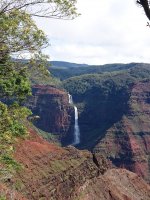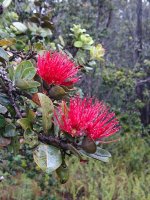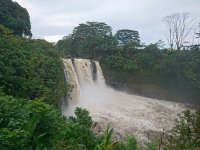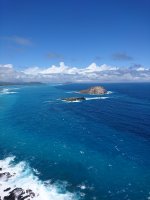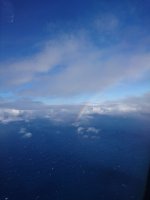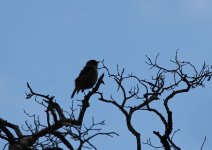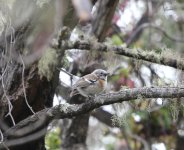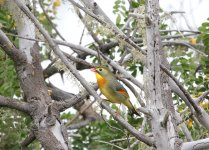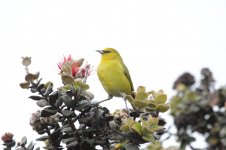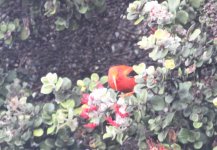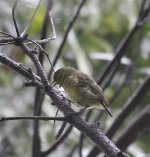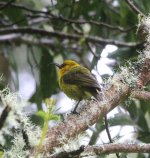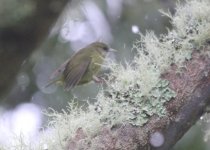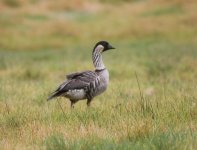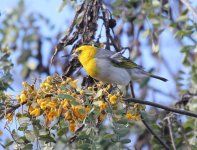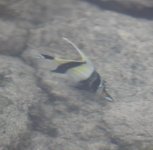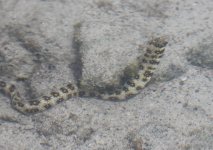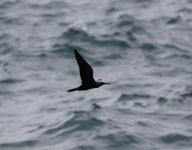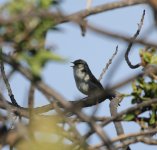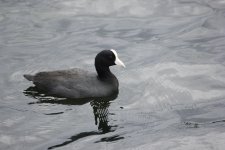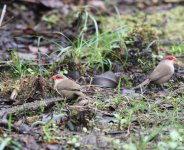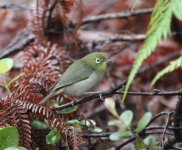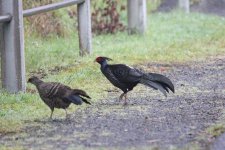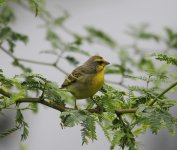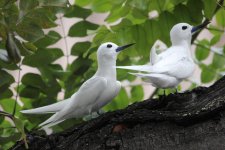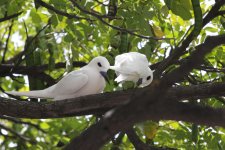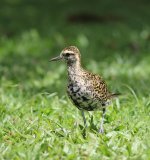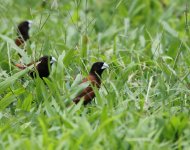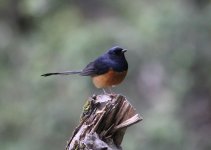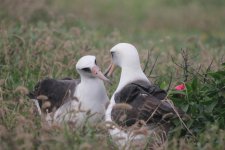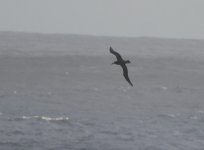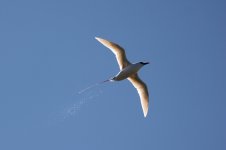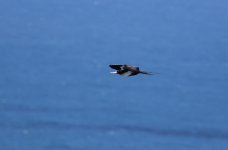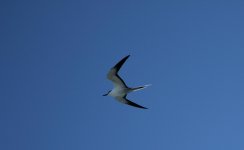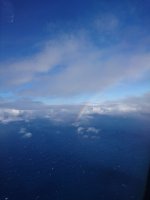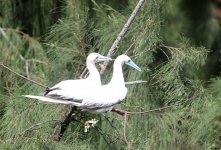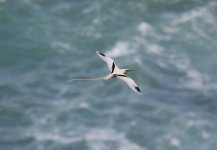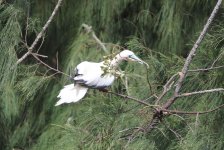ovenbird43
Well-known member

Having explored all corners of the lower 48 United States and visited several parts of Alaska in 2019, Hawaii was the last major frontier for me in US birding. I love birding tropical regions, but the expense and effort of getting to Hawaii vs. the low species count has always seen me off to other places. But it's still something I always intended to do, so when the pandemic resulted in cheap airfare and closed off many other options, I began looking seriously into a trip to Hawaii. Once Hawaii added COVID test options to avoid mandatory 10-day quarantine, I decided it was time to go, and booked fights for March 7-16.
Hawaii's COVID restrictions are still a bit tricky to navigate (hence plane ticket prices had not increased yet when I finally purchased them) - requirements to enter the state are a negative COVID-19 test taken within the last 72 hours, but only the NAAT tests are accepted (I believe this excludes all rapid 15-minute type tests) and results are only accepted from a list of "trusted travel partners". Fortunately, Walgreens was one, and there are several in my area, although if I wanted a guaranteed 24-hour turnaround time for the NAAT test I had to drive the hour to Mobile, Alabama to a Walgreens there. Which I did, not wanting to trust to the "1-2 days but could be longer" for the other type of test.
The same requirements also exist for interisland travel, with the exception of travel to Oahu from other islands, for which no test is required. Kauai also has additional restrictions (soon to be eased), that one must either have been in the state of Hawaii for at least three days prior to arrival, or you can opt to stay in a "resort bubble" for three days. I really wanted to do both the big island and Kauai on this trip, so I timed my test so that my pre-departure test also covered my flight from Oahu to the big island, and then planned to get a second test for Kauai later on in the trip.
I knew there would be risks to traveling under these restrictions, so while I wrote up an itinerary, I didn't book many things in advance. In fact, I didn't have anything but my plane ticket, first two night's hotel stay, and my reservation for Hakalau Forest before I received by negative COVID results the night before I left. My intended itinerary was as follows:
March 7: Morning flight, arrive Honolulu in the afternoon, pm flight to Hilo
March 8: Birding Mauna Kea area for natives including Palila
March 9: Hakalau Forest with Hawaii Forest and Trail
March 10: snorkeling Kona coast, Hawaii Volcanoes National Park
March 11: fly to Kauai, seabirds and waterbirds on north coast
March 12: backpacking into Alakai Wilderness - endemics
March 13: Alakai Wilderness
March 14: snorkeling south coast, flight to Oahu
March 15: Oahu birding, pm departure
The big island itinerary went more or less according to plan, the rest very much not so... it was a trip full of ups and downs, but I'm glad I went, even when things didn't go right I managed to see some amazing things.
Detailed daily report to follow.
Hawaii's COVID restrictions are still a bit tricky to navigate (hence plane ticket prices had not increased yet when I finally purchased them) - requirements to enter the state are a negative COVID-19 test taken within the last 72 hours, but only the NAAT tests are accepted (I believe this excludes all rapid 15-minute type tests) and results are only accepted from a list of "trusted travel partners". Fortunately, Walgreens was one, and there are several in my area, although if I wanted a guaranteed 24-hour turnaround time for the NAAT test I had to drive the hour to Mobile, Alabama to a Walgreens there. Which I did, not wanting to trust to the "1-2 days but could be longer" for the other type of test.
The same requirements also exist for interisland travel, with the exception of travel to Oahu from other islands, for which no test is required. Kauai also has additional restrictions (soon to be eased), that one must either have been in the state of Hawaii for at least three days prior to arrival, or you can opt to stay in a "resort bubble" for three days. I really wanted to do both the big island and Kauai on this trip, so I timed my test so that my pre-departure test also covered my flight from Oahu to the big island, and then planned to get a second test for Kauai later on in the trip.
I knew there would be risks to traveling under these restrictions, so while I wrote up an itinerary, I didn't book many things in advance. In fact, I didn't have anything but my plane ticket, first two night's hotel stay, and my reservation for Hakalau Forest before I received by negative COVID results the night before I left. My intended itinerary was as follows:
March 7: Morning flight, arrive Honolulu in the afternoon, pm flight to Hilo
March 8: Birding Mauna Kea area for natives including Palila
March 9: Hakalau Forest with Hawaii Forest and Trail
March 10: snorkeling Kona coast, Hawaii Volcanoes National Park
March 11: fly to Kauai, seabirds and waterbirds on north coast
March 12: backpacking into Alakai Wilderness - endemics
March 13: Alakai Wilderness
March 14: snorkeling south coast, flight to Oahu
March 15: Oahu birding, pm departure
The big island itinerary went more or less according to plan, the rest very much not so... it was a trip full of ups and downs, but I'm glad I went, even when things didn't go right I managed to see some amazing things.
Detailed daily report to follow.




